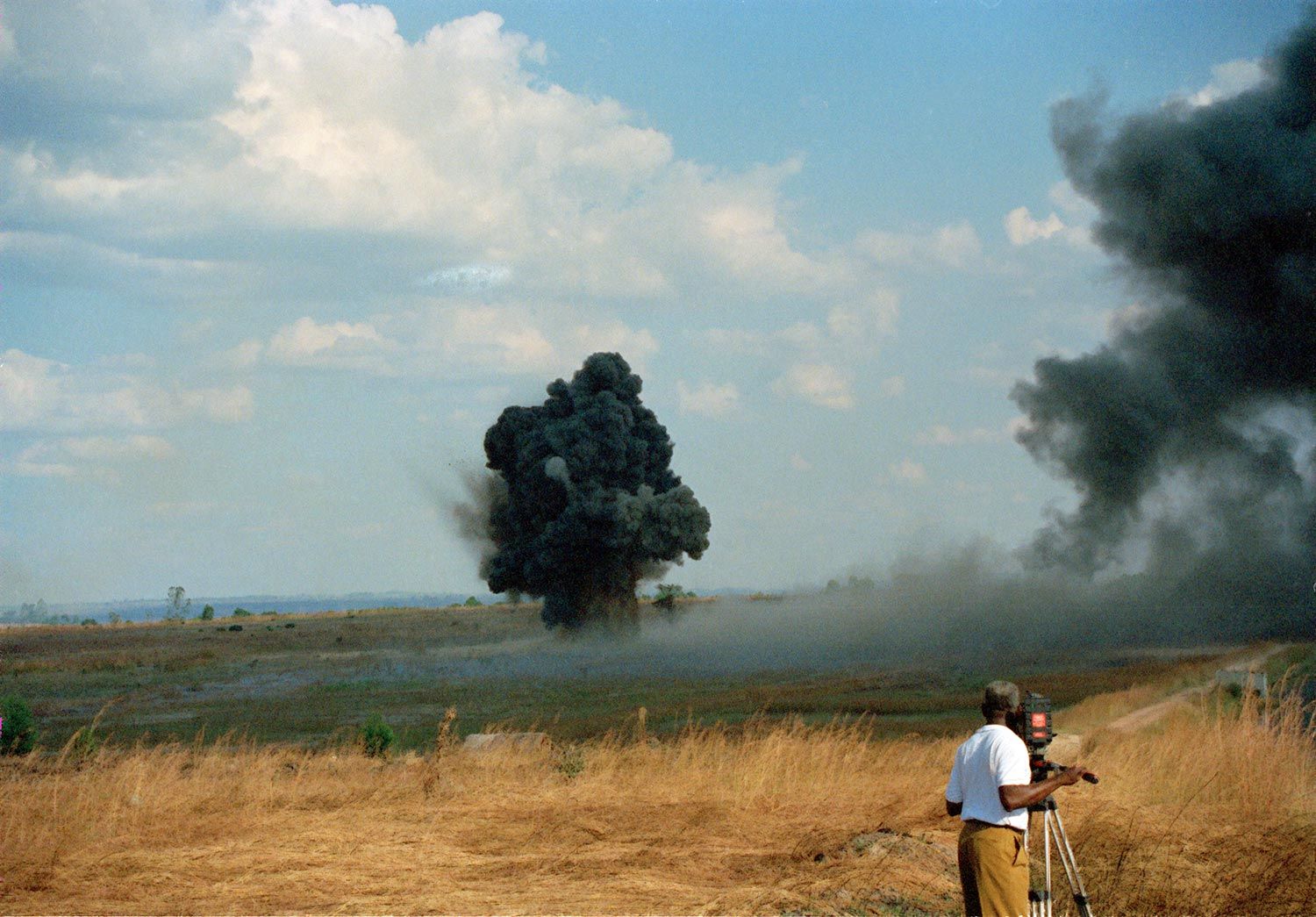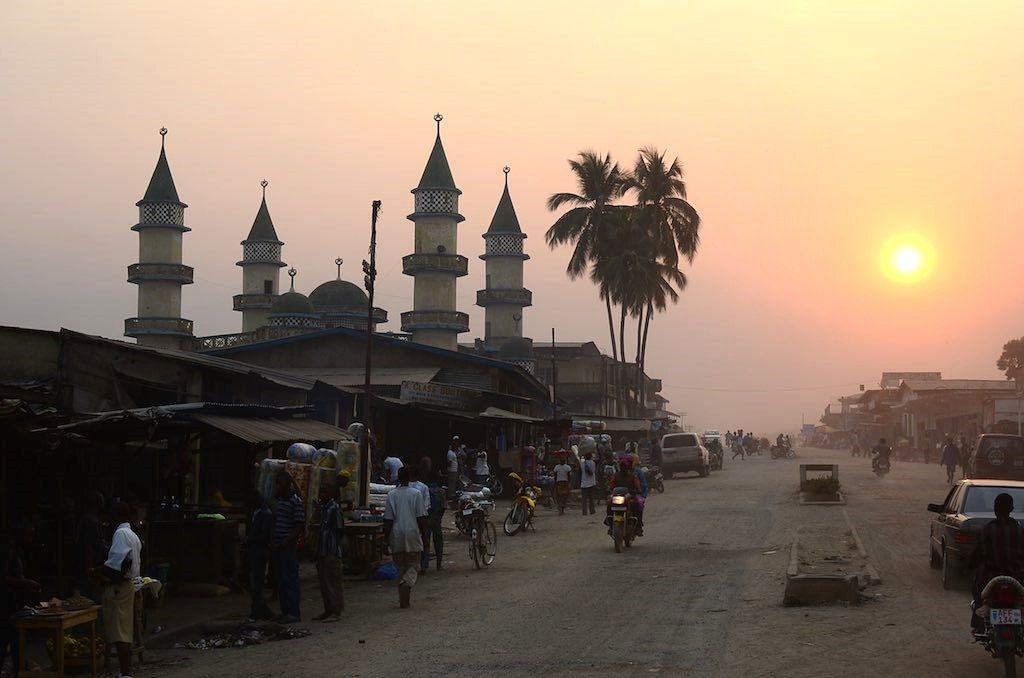This website does not support Internet Explorer, your current browser.
Please view the site with a modern browser such as Google Chrome or Mozilla Firefox.
Official amnesties
Case Illustrations
Official amnesties were used in the aftermath of mass atrocities in both Angola and Sierra Leone. Read the brief illustrations below to learn how this tool was used in these cases:
Angola (1975–2002)

United Nations Angola Verification Mission (UNAVEM III) helps support demining process in Angola discharge of mines. May 7, 1996. Huambo, Angola. —UN Photo/John Charles Monua
Angola’s civil war, fought primarily between UNITA rebels and the National Front for the Liberation of Angola (FNLA), became Africa’s longest conflict, leaving more than 500,000 dead including an estimated 50,000 civilians (World Peace Foundation 2015). An initial peace agreement reached in 1994, the Lusaka Protocols, included an official amnesty law for all combatants as part of a precondition for the agreement as a means to get UNITA rebels to the negotiating table (Notre Dame Peace Accords Matrix). While this peace and the ceasefire quickly broke down, talks were renewed in 2002 following the assassination of UNITA leader Jonas Savimbi. The 2002 talks were more successful, resulting in the cessation of hostilities and ultimately a lasting peace to the protracted 27-year conflict under the framework of the Lusaka Protocols, including the articles granting a blanket amnesty to all combatants (van Wijk 2012). This official amnesty provision led to accusations that the Angolan government was compromising justice for peace (van Wijk 2012).
Sierra Leone (1991–2002)

Eastern Sierra Leone. February 7, 2011. —Alex Quennell/Flickr
During Sierra Leone’s civil war, both rebel and government forces committed atrocities, including maiming and mutilation, sexual violence, abductions, and executions (HRW 1999). As many as 50,000 people were killed, including up to 30,000 civilians. In 1999, an initial peace agreement was reached between the Sierra Leone government and the Revolutionary United Front (RUF) rebels in Lome. It stipulated that the government would take “legal steps to grant [RUF leader] Corporal Foday Sankoh absolute and free pardon,” which would also be extended to “all combatants and collaborators” (Macaluso 2001). The agreement also included a provision to set up a Truth and Reconciliation Commission (Tejan-Cole 1999). Despite the agreement, RUF attacks continued until 2002, when the UN Mission in Sierra Leone (UNAMSIL) helped to negotiate peace (Snyder and Vinjamuri 2003). While the domestic amnesty remained in place, the government of Sierra Leone, in conjunction with the UN, set up the Special Court for Sierra Leone (SCSL) in 2003 to try those who “bear the greatest responsibility” for crimes committed during the war, irrespective of official amnesties outlined in the Lome Agreement (Jalloh 2011). The SCSL’s international mandate had been affirmed by the UN position that official amnesty did not apply to international crimes, including crimes against humanity, war crimes, or genocide, and the SCSL refuted any interpretation of a “blanket amnesty” for suspected war criminals in Sierra Leone (Hayner 2013). Although Sankoh died in custody before a trial, the SCSL handed down a number of convictions, including the high-profile sentencing of the Liberian president, Charles Taylor, who assisted the RUF (Brumfield 2012).